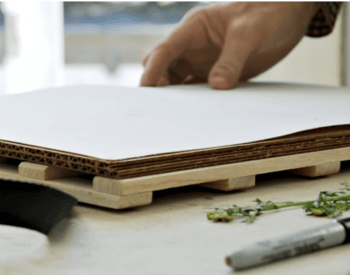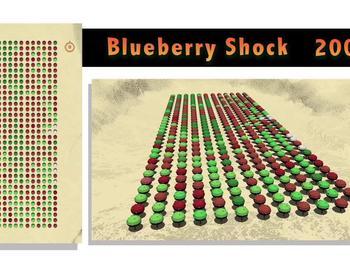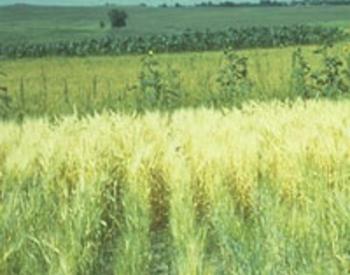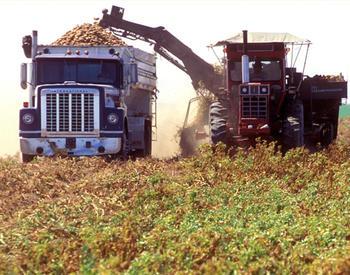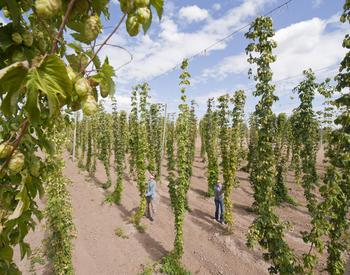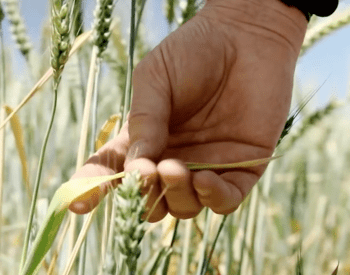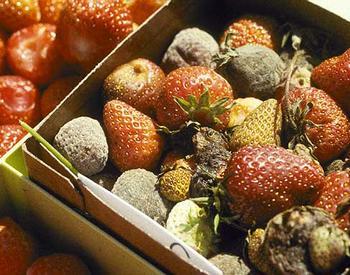Transcript
[MUSIC PLAYING]
Welcome to the Plant Pathology Diagnostic Lab
here at the Hermiston Agricultural Research
and Extension Center.
I'm Cassandra Sago and I'm a lab tech here.
And I will be taking you through all the steps
that our samples go through after they come in
Overview
through the door.
We get a variety of different plants
that come in through our door to get diagnosed.
We go through plenty of potatoes,
but we also get plenty of other vegetables,
like carrots and beans.
We diagnose some trees and ornamentals,
and also some diseases that are spread by the insect
vectors here in the Columbia Basin.
We use a variety of different testing methods,
ranging from the traditional culturing techniques for fungi
and bacteria, to the more advanced molecular techniques
that use pathogen DNA sequences to identify pathogens
and diagnose diseases.
When the clients come into the lab,
Diagnosis
we look through their samples and use
any kind of symptoms on the plants themselves
to help us diagnose, as well as getting as much information as
possible from the grower.
We like to know about crop rotation history
because that can have an effect on the plants that
are currently planted.
We need to know some irrigation frequency and types, just
in case there's anything with watering.
And chemical and fertilizer schedules are important.
If there's any other unusual occurrences
that the growers have noticed, we
like to know those too because they could definitely
be helpful in diagnosing the problem.
After the initial examination, we
compile a list of possible suspects
and set up the required isolation techniques and tests.
For many of the fungi that come in,
we take lesions from different parts of the plant and plate
them on the various culturing media that we have
to encourage fungal growth.
As the fungus grows, we can identify it
based on certain structural characteristics
like their canidia.
For some fungi and bacteria, and for all of our virus suspects,
we extract nucleic acids, like DNA and RNA,
from the symptomatic tissue.
We use these nucleic acids to perform the molecular tests.
These tests look for genes that are
specific to different pathogens.
Once we have a complete or partial nucleic acid sequence,
we can compare it to other sequences in public databases.
This comparison helps us identify
the disease-causing organism.
Once we get the results from our testing,
we can make a list of recommendations
on how to control the disease.
Depending on our client's needs, we
can relay this information by a phone conversation, email,
or a written report.
For more information on how to collect and submit
your samples, please visit the Plant Pathology Laboratory
website.
The Hermiston Agricultural Research and Extension Center in Hermiston, Oregon has a full- service, plant pathology diagnostic lab that serves the growing needs of the agricultural community in the Columbia Basin. The lab receives all types of plant disease samples including diseases of potatoes and other vegetables, trees, and ornamentals, and diseases spread by insect vectors. We use a variety of testing methods, ranging from traditional culturing techniques for fungi and bacteria to advanced molecular techniques that use pathogen DNA sequences to identify pathogens and diagnose diseases.
Catalog - EM 9120

